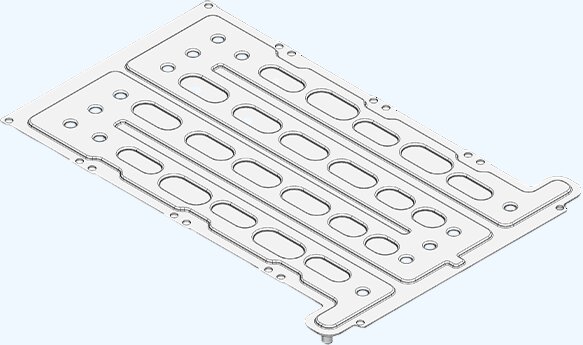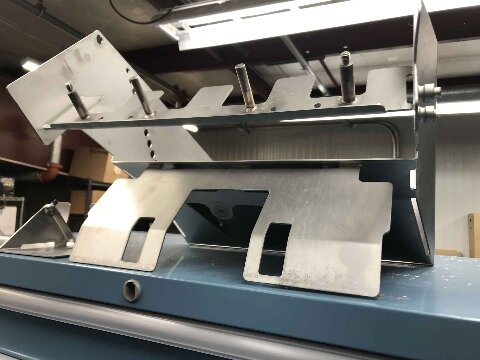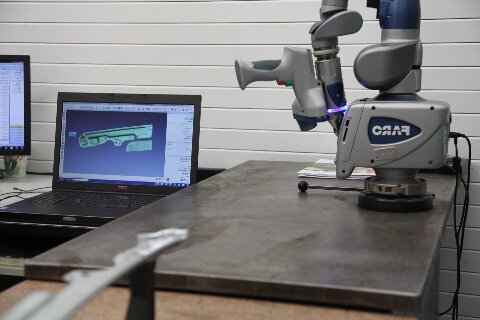Anodizing aluminum is an excellent way to add durability and aesthetic appeal to your products. However, achieving the right anodized color can be tricky. If the color doesn’t turn out as expected, it can compromise both the look and functionality of your project. Many factors can influence the final color, such as alloy type, anodizing process, and dye choice. This can lead to color inconsistencies and, ultimately, dissatisfaction.
Want to master the science behind anodized aluminum coloring? Let’s explore the technical aspects that determine successful color matching and the practical steps to implement them.

What is Anodizing and How It Affects Aluminum
Anodizing is an electrochemical process that creates a thick oxide layer on aluminum’s surface. This layer improves resistance to corrosion and wear and allows for color customization. Anodized aluminum is durable, and the oxide layer is integrated with the metal, making it resistant to peeling, flaking, and fading.
During anodizing, aluminum is immersed in an electrolyte bath. An electric current is passed through the solution, causing oxygen to combine with the aluminum. This process forms a thicker oxide layer. The layer is porous, allowing dyes to penetrate and bond with the surface.
The Process of Anodizing Aluminum
Anodizing aluminum involves several critical steps to ensure a durable, corrosion-resistant, and aesthetically pleasing finish. Below is a breakdown of the key stages in the anodizing process.
Step 1: Cleaning
The first step is to clean the aluminum surface thoroughly. Any dirt, grease, or contaminants can interfere with the anodizing process.
Step 2: Etching
Etching removes a thin layer of aluminum to create a smooth, matte finish. This step eliminates minor imperfections and prepares the surface for anodizing.
Step 3: Acid Desmutting
After etching, a layer of smut (residue) may remain on the surface. Acid de-smutting removes this residue, ensuring the aluminum is perfectly clean and ready for anodizing.
Step 4: Anodizing
During the anodizing step, the aluminum alloy is submerged in a bath of sulfuric acid, acting as the electrolyte. A high-voltage direct current is then passed through the solution, turning the aluminum surface into aluminum oxide, also known as the anodic film.
Step 5: Coloring
Once anodized, the porous surface can absorb dyes. The dye is applied, and the aluminum soaks it up, creating the desired color. The intensity of the color depends on the dye concentration and immersion time.
Step 6: Sealing
The final step is sealing the surface to lock in the color and enhance durability. Sealing closes the pores, making the surface resistant to wear, corrosion, and fading.
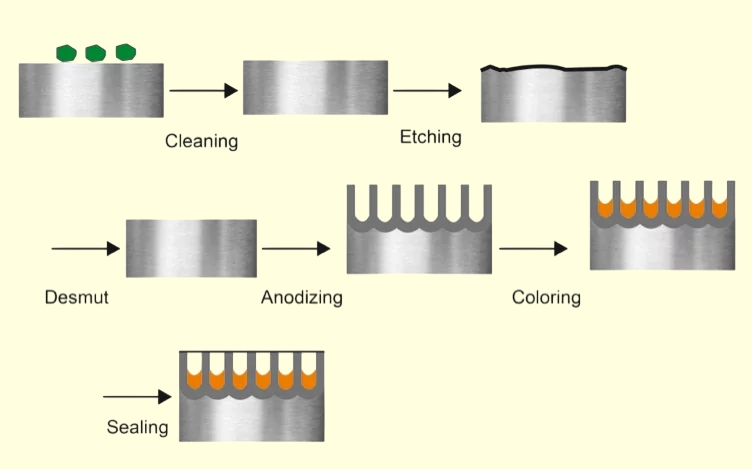
Why Choose Anodized Aluminum Colors?
Anodized aluminum offers more than just aesthetic appeal; it combines beauty with functionality and durability. Below are some of the key reasons to choose anodized aluminum colors for your projects.
Esthetic Pleasing
Anodized aluminum offers vibrant and customizable colors that enhance the appearance of your products. The color is integrated into the metal’s surface, providing a consistent and permanent finish.
Strong and Durable
The anodizing process creates a hard, wear-resistant surface that resists scratches, corrosion, and UV exposure. This makes anodized aluminum ideal for both indoor and outdoor applications.
Functional Benefits
Beyond aesthetics, anodized aluminum provides functional advantages. The oxide layer improves electrical insulation, thermal stability, and paint or adhesive adhesion, making it a practical choice for demanding environments.
Environmentally Friendly
Anodizing is an eco-friendly process. It uses non-toxic materials and produces minimal waste. The durability of anodized aluminum also reduces the need for frequent replacements, contributing to sustainability.
Types of Anodized Aluminum Colors
Anodized aluminum is categorized into different types based on the anodizing process used and the resulting properties. Here’s a breakdown of each type:
Type I – Chromic Acid Anodize
Chromic Acid Anodizing, also known as Type I anodizing, uses chromic acid to create a thin oxide layer on the aluminum’s surface. This process results in a coating thickness of up to 0.0001 inches, earning it the nickname “light type” anodizing.
The process works by passing current through the electrolyte, causing positive particles to be ejected from the anode. This creates microscopic grooves on the aluminum surface, which then oxidize to form the protective anodic layer. This thin coating offers excellent heat and corrosion resistance.
Type II – Sulfuric Acid Anodize
Type II anodizing uses sulfuric acid in place of chromic acid, resulting in a thicker oxide layer. The oxide coating from sulfuric acid anodizing ranges from 0.0002 to 0.001 inches.
The process involves deeper microscopic grooves formed on the aluminum surface, which enhance the oxide layer’s thickness. These thicker coatings are perfect for dye absorption and provide better color retention than Type I anodizing.
Type III – Hard Coat Anodize
Hard Coat Anodizing, or Type III anodizing, is a more advanced form of sulfuric acid anodizing. In this process, the oxide layer formed on the aluminum is much thicker—typically greater than 0.001 inches—resulting in a highly durable finish.
The process also allows for excellent dye absorption, making it suitable for color customization. While it offers fewer color options, the finish is exceptionally tough and long-lasting.
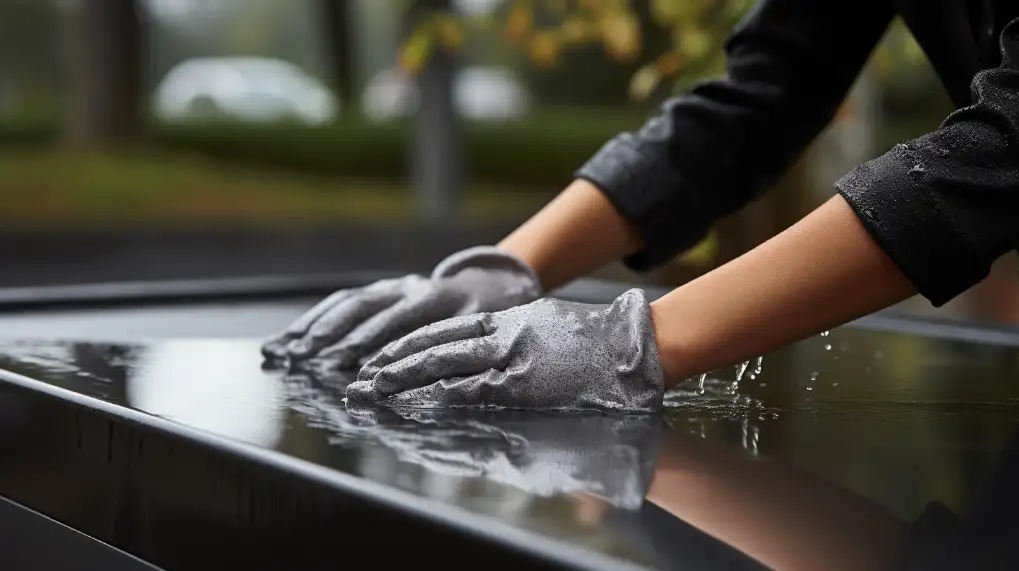
Color Matching in Aluminum Anodizing
Color matching in aluminum anodizing ensures that the final product meets specific design requirements and maintains consistency across batches. Here’s how to achieve accurate color matching:
Standardize Dye Formulas
Use precise dye formulations and maintain consistent dye concentrations. Even slight variations can lead to noticeable color differences.
Control Process Parameters
Monitor factors like anodizing time, voltage, and temperature. These variables directly affect the oxide layer’s thickness and porosity, which influence dye absorption.
Use Color Standards
Define the desired shade using standardized color charts or Pantone codes. This provides a clear target for color matching.
Test and Adjust
Run small test batches before full production. Compare the results to the color standard and adjust the process as needed.
Inspect Under Consistent Lighting
Evaluate colors under controlled lighting conditions to avoid discrepancies caused by different light sources.
Popular Applications for Colored Anodized Aluminum
Colored anodized aluminum combines durability with vibrant, long-lasting colors, making it an ideal choice for a wide range of industries.
Architectural and Building Uses
Colored anodized aluminum is widely used in architecture for façades, window frames, and roofing. Its durability, weather resistance, and aesthetic appeal make it a top choice for modern building designs.
Automotive and Aerospace Industries
In automotive and aerospace, anodized aluminum provides lightweight, corrosion-resistant components with a sleek finish. It’s used for trim, panels, and structural parts, combining functionality with visual appeal.
Electronics and Consumer Goods
Anodized aluminum is popular in electronics for casings, heat sinks, and connectors. Its ability to dissipate heat, resist wear, and offer customizable colors makes it ideal for smartphones, laptops, and other gadgets.
Jewelry and Decorative Items
The vibrant colors and lightweight nature of anodized aluminum make it a favorite for jewelry, watches, and decorative pieces. It’s also used in home décor items like lamps and furniture accents.
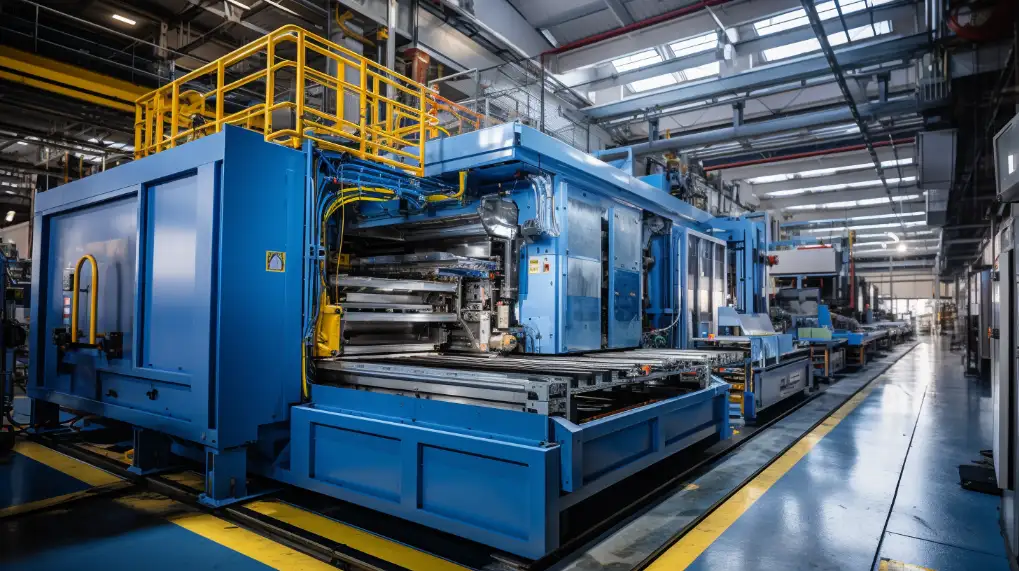
Factors Influencing Anodized Aluminum Color
Achieving consistent color in anodized aluminum is not always straightforward, as several factors can influence the outcome.
The Anodizing Process and Color Variation
The anodizing process itself plays a significant role in color outcomes. Factors like electrolyte concentration, voltage, and immersion time affect the oxide layer’s thickness and porosity. A thicker layer absorbs more dye, resulting in deeper colors, while variations in process parameters can lead to inconsistencies.
How Alloy Composition Affects Color Outcomes
The type of aluminum alloy used impacts the final color. Alloys with higher silicon or copper content may produce darker or uneven tones. Pure aluminum or alloys with consistent compositions tend to yield more predictable and uniform colors.
The Role of Dye in Anodizing
The dye used is critical for achieving the desired color. Different dyes are formulated for specific shades, and their concentration must be carefully controlled. High-quality dyes ensure vibrant, long-lasting colors, while poor-quality dyes can lead to fading or mismatched results.
Conclusion
Colored anodized aluminum is a versatile material that offers durability and aesthetic appeal. It provides a wide range of benefits across industries, from architecture to automotive, electronics, and jewelry. With its corrosion resistance, vibrant color options, and long-lasting finish, anodized aluminum continues to be a popular choice for designers and manufacturers looking for both style and performance.
Interested in exploring how anodized aluminum can elevate your next project? Contact us today for more information!
FAQs
How do you remove the color from an anodized part if it doesn’t match?
To remove color from an anodized part, you can strip the anodized layer using a chemical solution like sodium hydroxide (caustic soda). This process dissolves the oxide layer, allowing you to re-anodize and dye the part to achieve the desired color.
What Color Can Be Aluminum Anodized?
Aluminum can be anodized in a wide range of colors, including black, gold, red, blue, green, and more. The color options depend on the dye used and the anodizing process. Custom colors can also be achieved by mixing dyes.
Will Anodized Aluminum Fade?
Anodized aluminum is highly resistant to fading, especially when properly sealed. However, prolonged exposure to harsh UV light or chemicals can cause some fading over time. High-quality dyes and sealing techniques minimize this risk.
Is Aluminum Anodizing Effective for Corrosion Resistance?
Yes, anodizing significantly improves aluminum’s corrosion resistance. The oxide layer acts as a barrier, protecting the metal from moisture, chemicals, and environmental factors.
Hey, I'm Kevin Lee

For the past 10 years, I’ve been immersed in various forms of sheet metal fabrication, sharing cool insights here from my experiences across diverse workshops.
Get in touch

Kevin Lee
I have over ten years of professional experience in sheet metal fabrication, specializing in laser cutting, bending, welding, and surface treatment techniques. As the Technical Director at Shengen, I am committed to solving complex manufacturing challenges and driving innovation and quality in each project.

